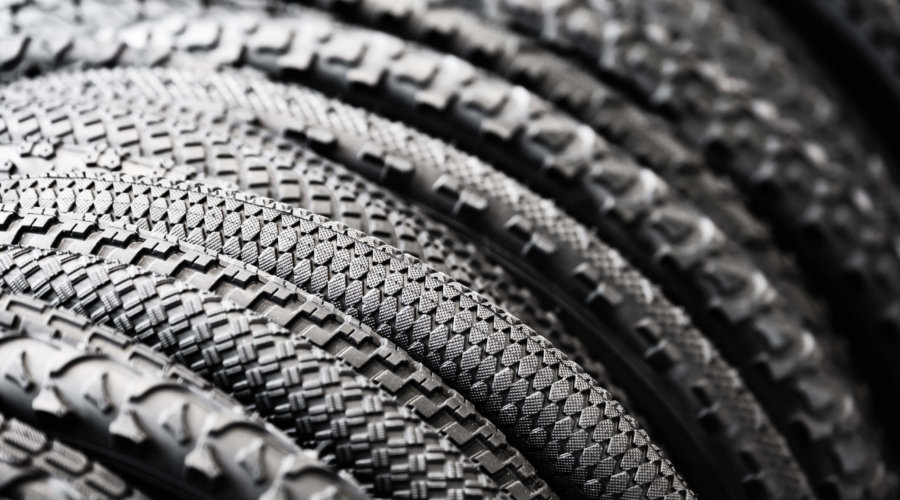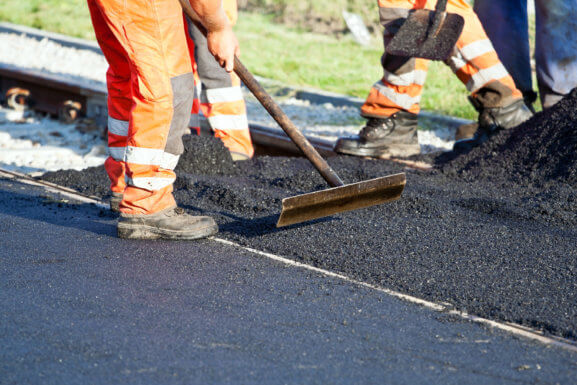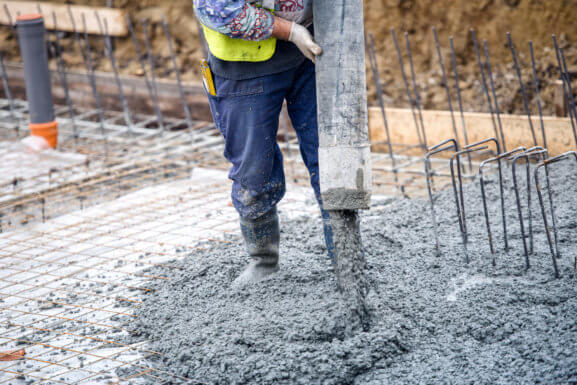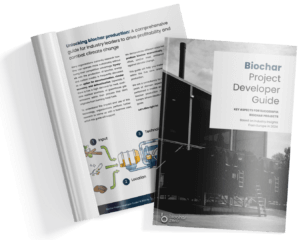Biochar can have a beneficial influence on the properties as a filler or carrier in polymers. However, the application of biochar in Biochar-polymer-composites, synthetic resins or as a substitute for carbon black in rubber is still at a relatively low stage of development and is only being implemented commercially in a few pilot projects.
Advantages of Biochar in Polymers
- Improvement of mechanical properties1Zhang, Y., He, M., Wang, L. et al. Biochar as construction materials for achieving carbon neutrality. Biochar 4, 59 (2022). https://doi.org/10.1007/s42773-022-00182-x
- Improvement of electrical properties and rolling resistance2Zhang, Y., He, M., Wang, L. et al. Biochar as construction materials for achieving carbon neutrality. Biochar 4, 59 (2022). https://doi.org/10.1007/s42773-022-00182-x
- Increase in thermal stability
- Partial cost reduction through weight reduction
- Reduction of emissions
Degree of Development
There are first polymer products containing biochar on the market. However, the majority of products are still in development, mostly driven by cooperations between universities, independent institutes and private companies.
What is the potential of biochar in different types of polymers?
Biochar-polymer composites
In research, biochars have been investigated as a filler material in polyolefins (PP, LDPE, HDPE), polyamides (PA etc.) and PLA, among others. In general, a certain proportion of specific biochar can improve the mechanical properties. It was found that in a Biochar-Wood-Polymer composite, a 24 wt% biochar (from Monterey pine, Pinus radiata) binder can provide improved bending and tensile strength as well as tensile elasticity3Oisik Das, Ajit K. Sarmah, Debes Bhattacharyya, A novel approach in organic waste utilization through biochar addition in wood/polypropylene composites, Waste Management, Volume 38, 2015, Pages 132-140, ISSN 0956-053X, https://doi.org/10.1016/j.wasman.2015.01.015.. In the same study, the best thermal stability and mouldability was found to be obtained with 12 and 18% by weight of biochar.
Another study with cardboard-biochar-plastic composites confirmed that mechanical properties as well as dimensional stability, UV resistance, fungus resistance and longevity are improved4 Xiaoqian Wang, Farid Sotoudehniakarani, Zhiming Yu, Jeffrey J. Morrell, Jed Cappellazzi, Armando G. McDonald, Evaluation of corrugated cardboard biochar as reinforcing fiber on properties, biodegradability and weatherability of wood-plastic composites, Polymer Degradation and Stability, Volume 168, 2019, 108955, ISSN 0141-3910, https://doi.org/10.1016/j.polymdegradstab.2019.108955..
Synthetic resins
Biochar as a filler material in synthetic resins must meet high-tech quality requirements, as these are mainly used in ambitious applications such as aircraft construction. By adding small amounts of specific biochar, the stability and elasticity of the synthetic resins can be significantly changed. A high dosage of biochar from, for example, miscanthus in synthetic resins improves the toughness and elasticity of the material5Giorcelli M, Savi P, Khan A, Tagliaferro A (2019a) Analysis of biochar with different pyrolysis temperatures used as filler in epoxy resin composites. Biomass Bioenergy 122:466–471. https://doi.org/10.1016/j.biombioe.2019.01.007.
Bartoli et al suggest that a careful selection of biochar (pyrolysis process, type of feedstock, properties such as spherical or cylindrical shape) is essential to produce beneficial performance of biochar-synthetic resin composites, especially in electrical properties6Bartoli M, Rosso C, Giorcelli M et al (2020) Effect of incorporation of microstructured carbonized cellulose on surface and mechanical properties of epoxy composites. J Appl Polym Sci 137:48896. https://doi.org/10.1002/app.48896.
Rubber composites
Biochar can be an optimal substitute for carbon black as a rubber filler material with improved life cycle assessment. Particular focus is placed on small particle sizes < 1 μm. For example, biochar from coconut shells can increase the tensile modulus of rubber composites fivefold compared to natural rubber7Jong L, Peterson SC, Jackson MA (2014) Utilization of porous carbons derived from coconut shell and wood in natural rubber. J Polym Environ 22:289–297. https://doi.org/10.1007/s10924-013-0637-4.
One study found a 31% and 24% increase in elongation at break and resilience, respectively, with no loss of tensile strength compared to carbon black-based composites. This was most likely due to good dispersion and the very small size of the biochar used8Peterson, S.C., Kim, S. Reducing Biochar Particle Size with Nanosilica and Its Effect on Rubber Composite Reinforcement. J Polym Environ 28, 317–322 (2020). https://doi.org/10.1007/s10924-019-01604-x.
In addition, biochar was found to improve the durability and life of rubber products such as tyre treads and inner tubes. Overall, the addition of biochar to rubber has proven to be a promising approach to improve the performance and sustainability of rubber products.
Electrical conductivity and flame protection
According to Bartoli et al, it has been determined that biochar is capable of adding electrical conductivity and flame retardancy to thermoplastic or duroplastic systems. This property increases the potential of biochar to be used as a substitute for conventional fossil fuel-derived and expensive carbonaceous fillers.9Bartoli M, Rosso C, Giorcelli M et al (2020) Effect of incorporation of microstructured carbonized cellulose on surface and mechanical properties of epoxy composites. J Appl Polym Sci 137:48896. https://doi.org/10.1002/app.48896
For example, the Institute for Bioplastics and Biocomposites (IfBB) is investigating the incorporation of electrically conductive and dust-reduced biochar into polymers. A prototype for electrically conductive thermoplastic biochar granulate has already been developed.
Application
The specific application depends strongly on the intended use of the biochar within the various possibilities in the field of polymers, so that no general statement can be made.
For targeted use biochar must be carefully selected as each biochar is different due to the starting materials and the way it is produced. Hereby its especially payed attention to pore structure, chemical composition, surface functionalisation, mineral species/crystallinity, carbon structure/reactivity, among other things.10Zhang, Y., He, M., Wang, L. et al. Biochar as construction materials for achieving carbon neutrality. Biochar 4, 59 (2022). https://doi.org/10.1007/s42773-022-00182-x
It is therefore important to note that the benefits of biochar in polymers depend on the type of polymer and the specific application. The advantages described may be more distinct in some polymers than in others.
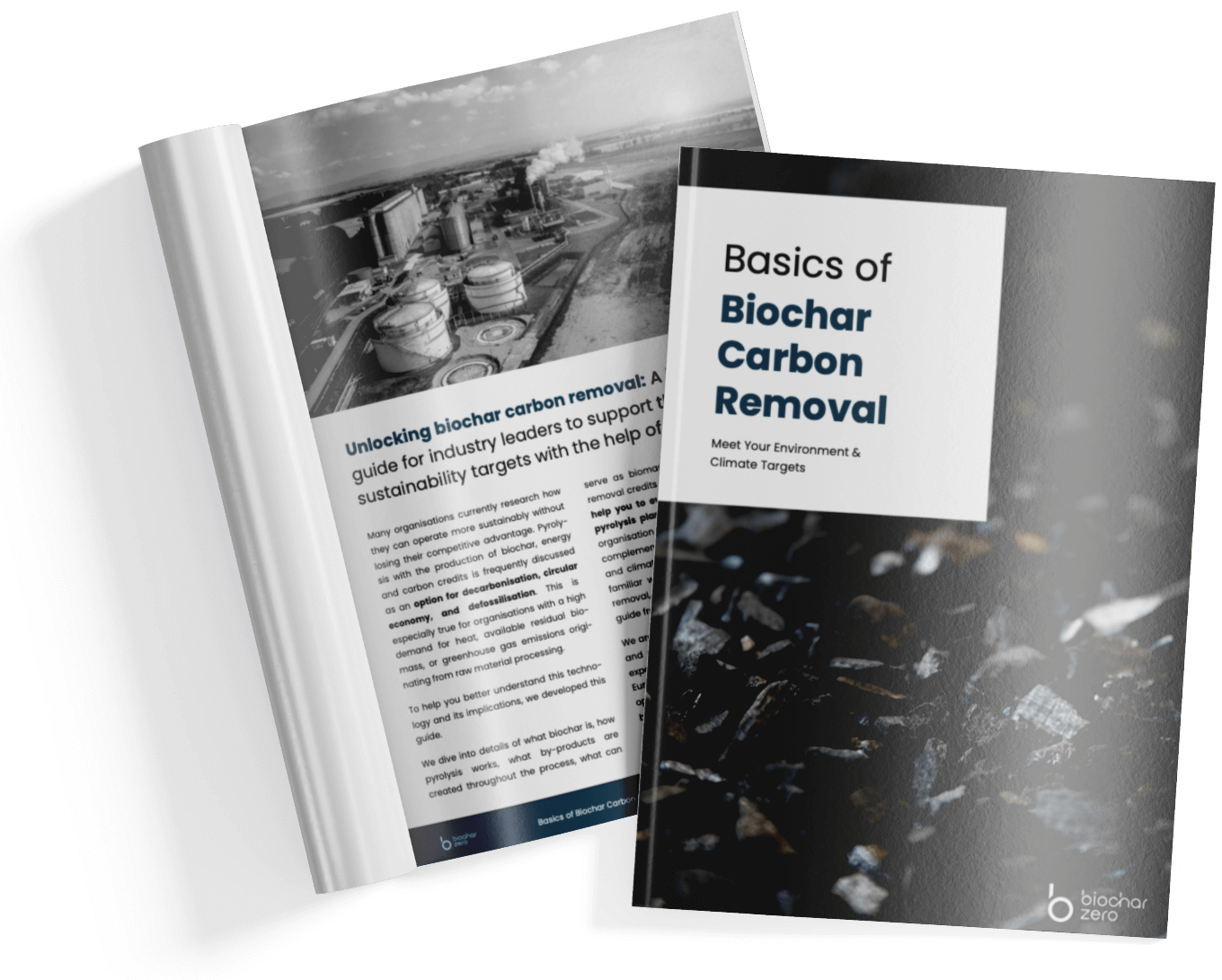
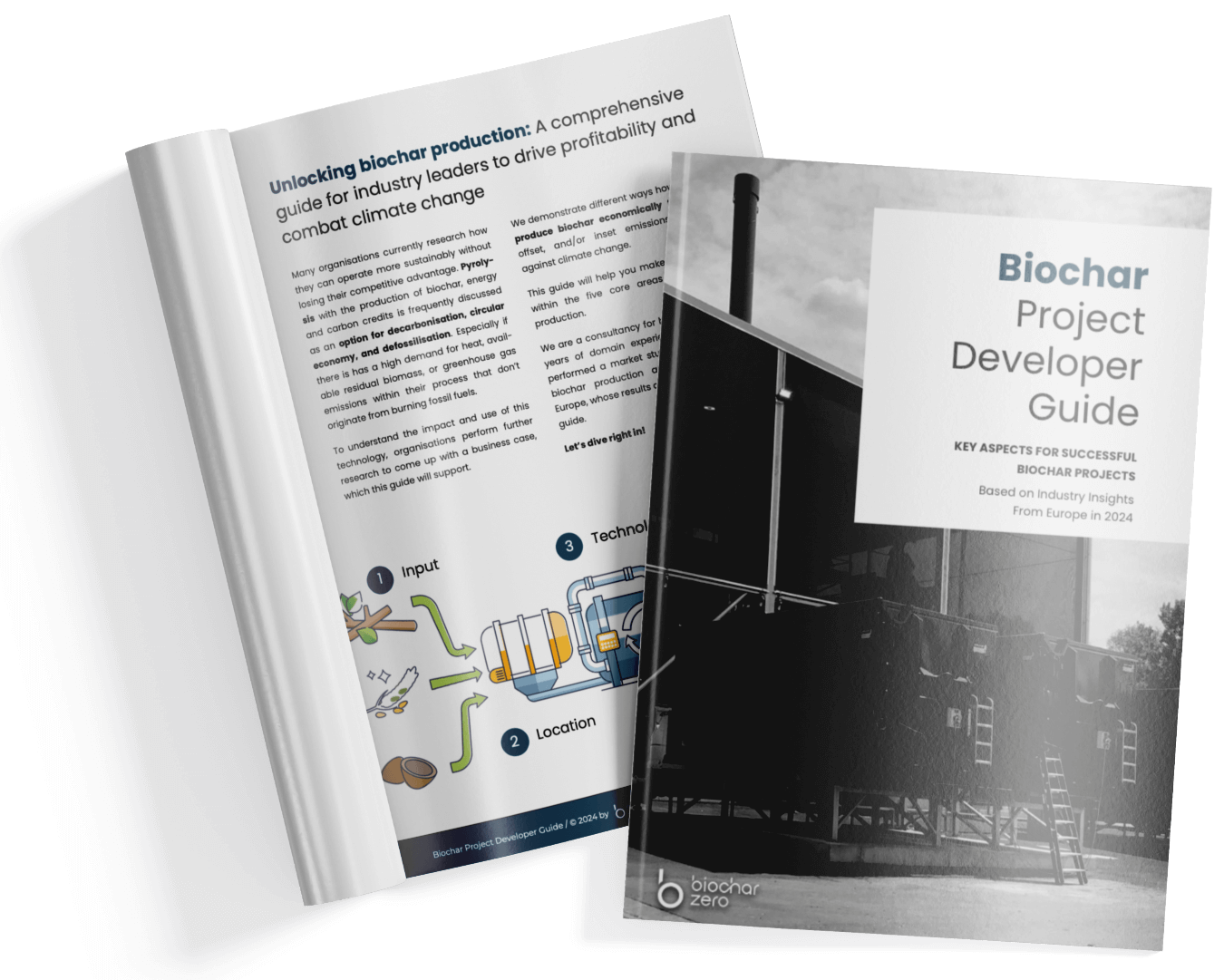
Approval & Certification
In Europe, the necessary framework conditions, i.e. legislation and standards, are still in their early stages.
The clearest statements about the quality of biochar can be made on the basis of material analyses. Only a few laboratories in Europe are specialised in this field. The analysis parameters are usually based on the requirements of the European Biochar Certificate (EBC).
So far, there is no mandatory label for the use of biochar in polymers. However, certification according to EBC-BasicMaterial or EBC-ConsumerMaterial can be used as a sign of quality.


Sources
